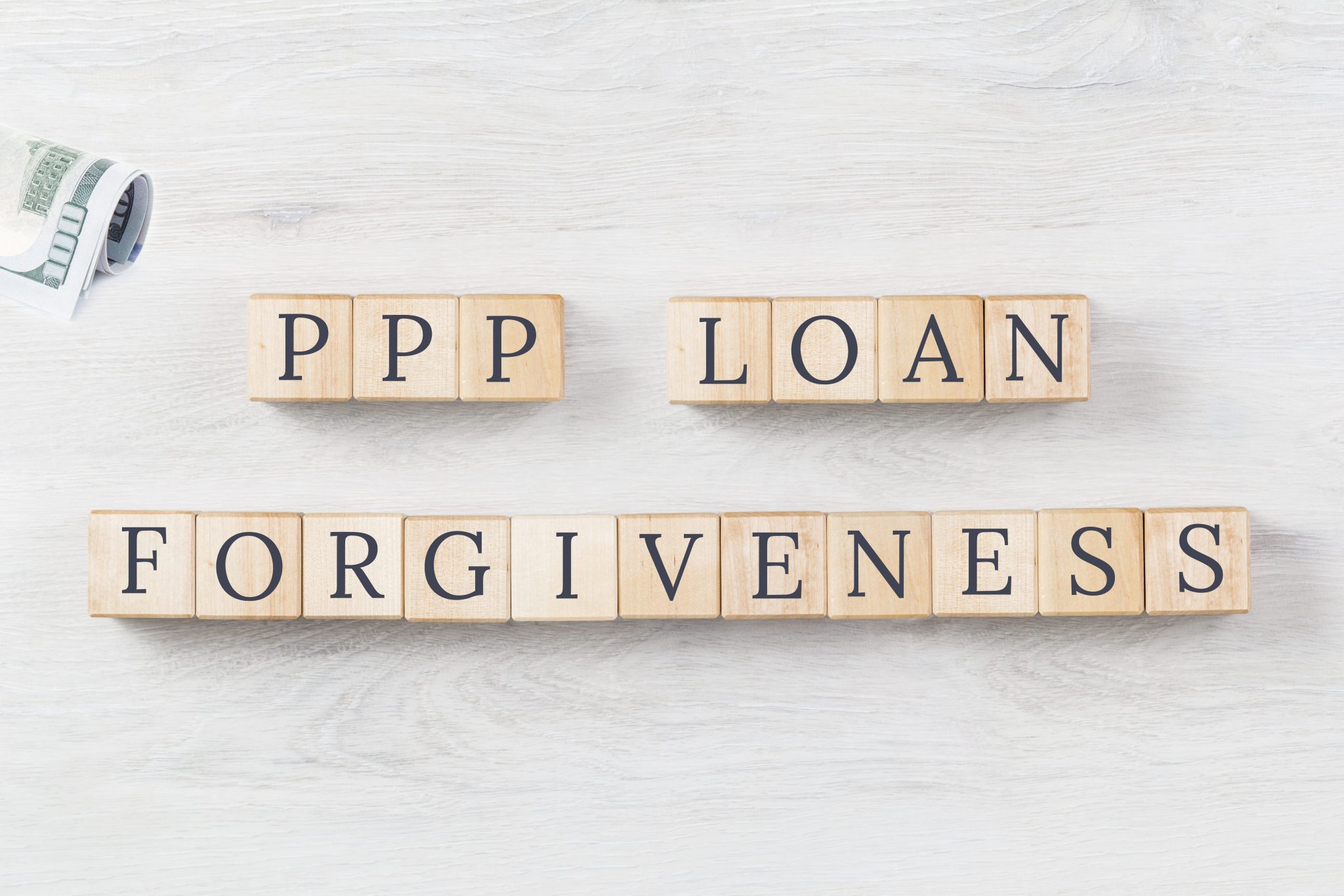On August 4th, the SBA in consultation with the Department of the Treasury released a new set of frequently asked questions addressing PPP loan forgiveness. These FAQs address some, but certainly not all, of the questions we have been asking.
The FAQs clarify the following issues:
- As long as borrower submits a loan forgiveness application within 10 months of the completion of the Covered Period (8 or 24 weeks), the borrower is not required to make any payments until the forgiveness amount is remitted to the lender by the SBA.
- Interest accrues during the time between the disbursement of the loan and SBA remittance of the forgiveness amount. The borrower is responsible for paying the accrued interest on any amount of the loan that is not forgiven. The lender is responsible for notifying the borrower of the status and the date on which the borrower’s first payment, if any, is due.
- Both payroll and nonpayroll costs that were incurred prior to the covered period, but paid during the covered period, qualify for forgiveness.
- Payroll costs include all forms of cash compensation paid to employees, including tips, commissions, bonuses, and hazard pay. The forgivable cash compensation per employee is limited to $100,000 on an annualized basis.
- Employer expenses for employee group health care benefits that are paid or incurred by the borrower during the Covered Period or the Alternative Covered Period are payroll costs eligible for loan forgiveness. Group health care benefits paid by employees either pre-tax or after tax are not considered payroll costs subject to forgiveness.
- Forgiveness does not apply to retirement or health care benefits “accelerated” into the covered period. Only the amount of benefits proportional to the covered period qualify for forgiveness.
- The amount of compensation of owners who work at their business that is eligible for forgiveness depends on the business type (C corporation, S corporation, General Partners, LLC owners, Self-employed Schedule C or F filers) and whether the borrower is using an eight-week of 24-week Covered Period. The amount of loan forgiveness requested for owner-employees and self-employed individuals’ payroll compensation is capped at $20,833/$15,385 (24/8 week Covered Period) per individual in total across all businesses in which he or she has an ownership stake.
- Only decreases in salaries or wages is taken into account when calculating the loan forgiveness reduction required for salary/hourly wage reductions in excess of 25%. Other forms of compensation are not considered.
- If a lease that existed prior to February 15, 2020, expires on or after February 15, 2020, and is renewed, the lease payments made pursuant to the renewed lease during the Covered Period are eligible for loan forgiveness.
- If a loan on real or personal property that existed prior to February 15, 2020, is refinanced on or after February 15, 2020, the interest payments on the refinanced loan during the Covered Period are eligible for loan forgiveness.
- Interest on unsecured credit is not eligible for loan forgiveness because the loan is not secured by real or personal property.
- Utility expenses for the “distribution of transportation” refers to transportation utility fees assessed by state and local governments. Payment of these fees by the borrower is eligible for loan forgiveness.
For more information, visit here or contact us.
© 2020


